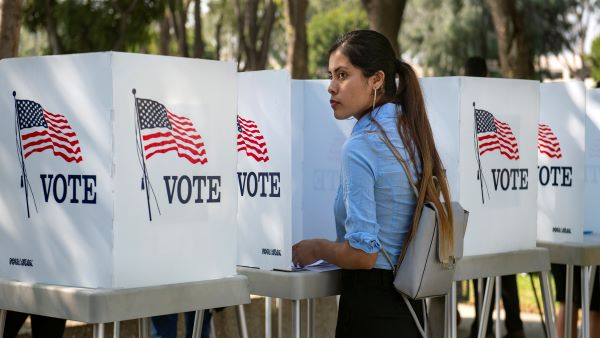For years, State Representative Ryan Guillen of Texas was regarded as the most conservative Democratic legislator in Austin. He was one of just a few from the party to vote in favor of carrying handguns without a permit, and the sole Democrat in the House chamber to vote for the state’s new law banning most abortions. He remained popular in his Rio Grande Valley district, winning re-election last year by 17 percentage points.
Then came the news this month: He was switching parties.
“After much consideration and prayer with my family, I feel that my fiscally conservative, pro-business, and pro-life values are no longer in step with the Democratic Party of today,” Mr. Guillen said.
It’s an old saw in politics: I haven’t changed, the party has changed. And in the past, it has been fairly applied to both Republicans and Democrats. Mr. Guillen has portrayed himself as part of a trend of Hispanic voters moving toward the Republican Party, especially in South Texas, where Donald J. Trump made major inroads during the 2020 election. But it’s too soon to tell just how much of a lasting shift the movement represents.
The Republican Party has been reaching out to Latino voters for decades, particularly in Texas. Former President George W. Bush famously courted them with his “compassionate conservatism.” And it was former President Ronald Reagan who told his Hispanic outreach director that he would have the easiest job in the world, because “Hispanics are already Republicans, they just don’t know it yet.”
Historically, roughly 30 percent of Hispanic voters have chosen to vote Republican in presidential elections, a number that increased slightly in 2020, surprising many Democrats. Republicans, unsurprisingly, celebrated the shift and have portrayed it as a seismic shift that could transform the parties.

